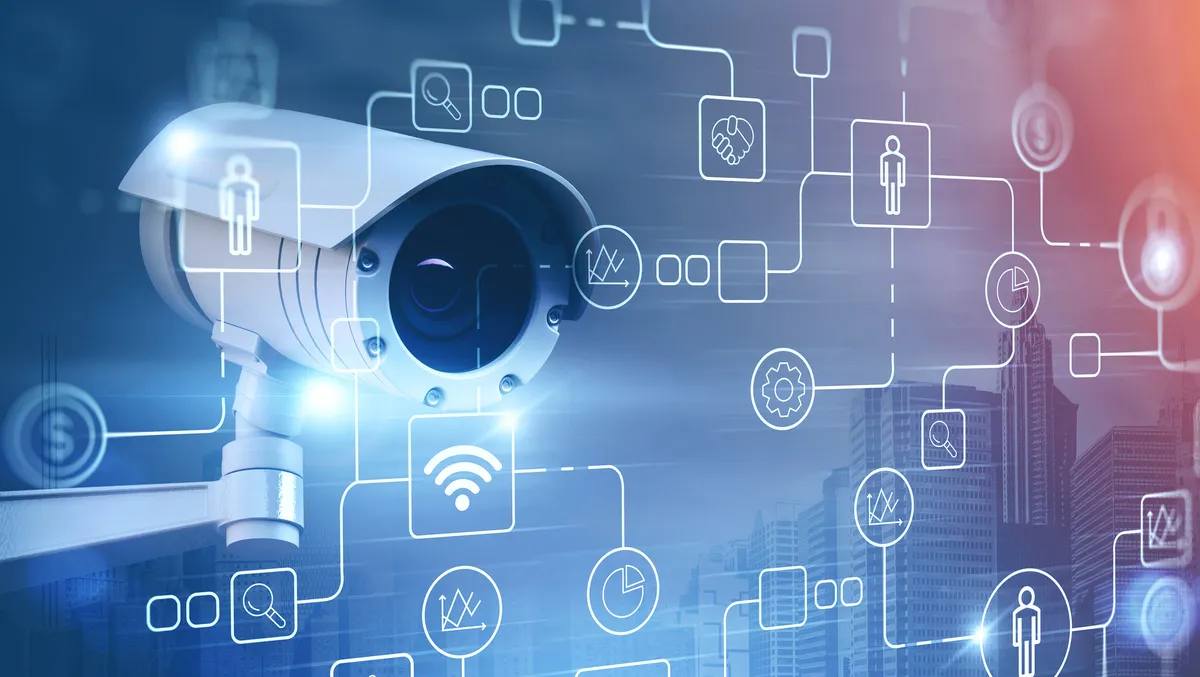
The Rise of AI Cameras: Seeing Beyond Pixels
Artificial intelligence is rapidly transforming the world of cameras, moving beyond simple image capture to intelligent visual understanding. AI cameras aren't just about higher resolution; they're about what the camera *does* with the information it gathers. This technology is impacting everything from security systems to automotive safety and even consumer photography.
These advancements are driven by powerful processors and sophisticated algorithms that allow cameras to analyze scenes in real-time, identifying objects, people, and even behaviors. This capability unlocks a new level of automation and responsiveness previously unattainable.
Key Features and Applications
AI cameras excel at tasks traditional cameras struggle with. Object recognition, for example, allows a camera to differentiate between a person, a vehicle, and an animal, triggering specific actions based on the identification. Facial recognition adds another layer of security and personalization.
Beyond security, AI cameras are becoming integral to smart city initiatives, optimizing traffic flow and enhancing public safety. In the automotive industry, they are crucial for advanced driver-assistance systems (ADAS) and autonomous driving, providing crucial data for navigation and collision avoidance.
Benefits of Implementing AI Camera Systems
The advantages of adopting AI camera technology are numerous. Improved accuracy in detection reduces false alarms, saving time and resources. Enhanced situational awareness provides a more comprehensive understanding of the environment. And proactive threat detection allows for faster response times in critical situations.
- Enhanced Security: Intelligent surveillance with accurate threat detection.
- Increased Efficiency: Automated processes and reduced manual monitoring.
- Data-Driven Insights: Analysis of visual data for improved decision-making.
- Improved Safety: Proactive hazard identification and prevention.
